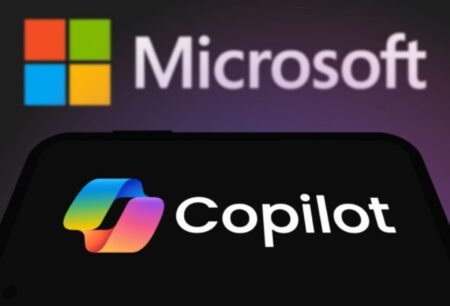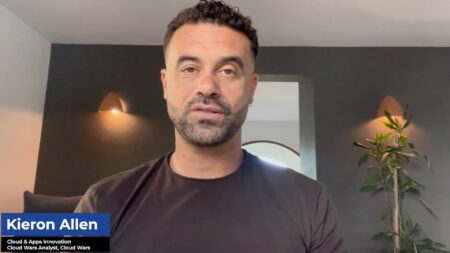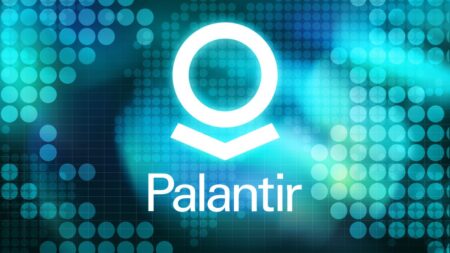
In the extended version of the Data Modernization Minute (episode 68), Pablo Moreno and Wayne Sadin discuss the phenomenon of citizen data scientists.
To hear practitioner and platform insights on how solutions such as ChatGPT will impact the future of work, customer experience, data strategy, and cybersecurity, make sure to register for your on-demand pass to Acceleration Economy’s Generative AI Digital Summit.
Highlights
01:13 — There’s been a revolution in terms of roles, responsibilities, knowledge, and technology when it comes to data and information.
02:19 — Everything is moving a lot faster than even just few months ago. So, we need to adopt new tools, techniques, and technologies. That’s the acceleration economy.

Which companies are the most important vendors in data? Check out the Acceleration Economy Data Modernization Top 10 Shortlist.
02:57 — Business users need to deliver much faster outcomes and make decisions based on data and information at a speed that information technology (IT) cannot handle. So, we are seeing the emergence of the citizen data scientist.
03: 49 — Business people from finance and many other disciplines are learning programming languages like SQL, and they think that they can build an ETL (extraction, transformation, loading) pipeline just to drag and query data from any database source.
04:16 —The problem is that all these data citizen developers don’t have the foundations that an IT person or department has to handle data at scale.
05:00 — Wayne says this brings up a point people raise with him regularly: Data engineering and data science are hard. Aren’t they too hard for end users to learn? Pablo responds that a lot of technologies and tools have been improving dramatically, including those informed by machine learning, which makes it easier. The are also a lot of drag-and-drop tools. The reality is that it’s not hard.
06:27 — However, even with low-code/no-code and other tools, many will have to learn to code. Pablo refers to his own experience teaching business analysts how to do machine learning and data science in general, from actually gathering data to doing machine learning models and, later, maintaining the models. In eight weeks, business analysts can actually code and develop things in Python.
08:05 — Wayne asks Pablo for his advice to the CIO or the chief data officer to avoid getting into the mess he calls “rogue IT,” as has happened in the past, but instead now going forward with citizen data scientists and engineers. Pablo says many things can be done to avoid or mitigate that problem.
08:49 — First, you need to educate your business users to become more technical. And that means not only educating them on using or adopting new tools and frameworks but also educating them about governance, quality, privacy, security, and many other aspects of data.
09:42 — Number two has to do with cooperation. Pablo has noticed a lack of cooperation or communication between the IT department and the different business analyst departments. People from the business side tend to think that IT is like the cog in the company.
10:12 — On its side, the IT department does not always understand what the business needs to deliver. If the business does not deliver results, there won’t be a company, and there won’t be an IT department. So, there needs to be mutual cooperation.
10:42 — Wayne sums up today’s discussion as “a real data scientist advising companies to turn a lot of their employees into empowered data engineers and citizen data scientists.”
Want more insights into all things data? Visit the Data Modernization channel:











